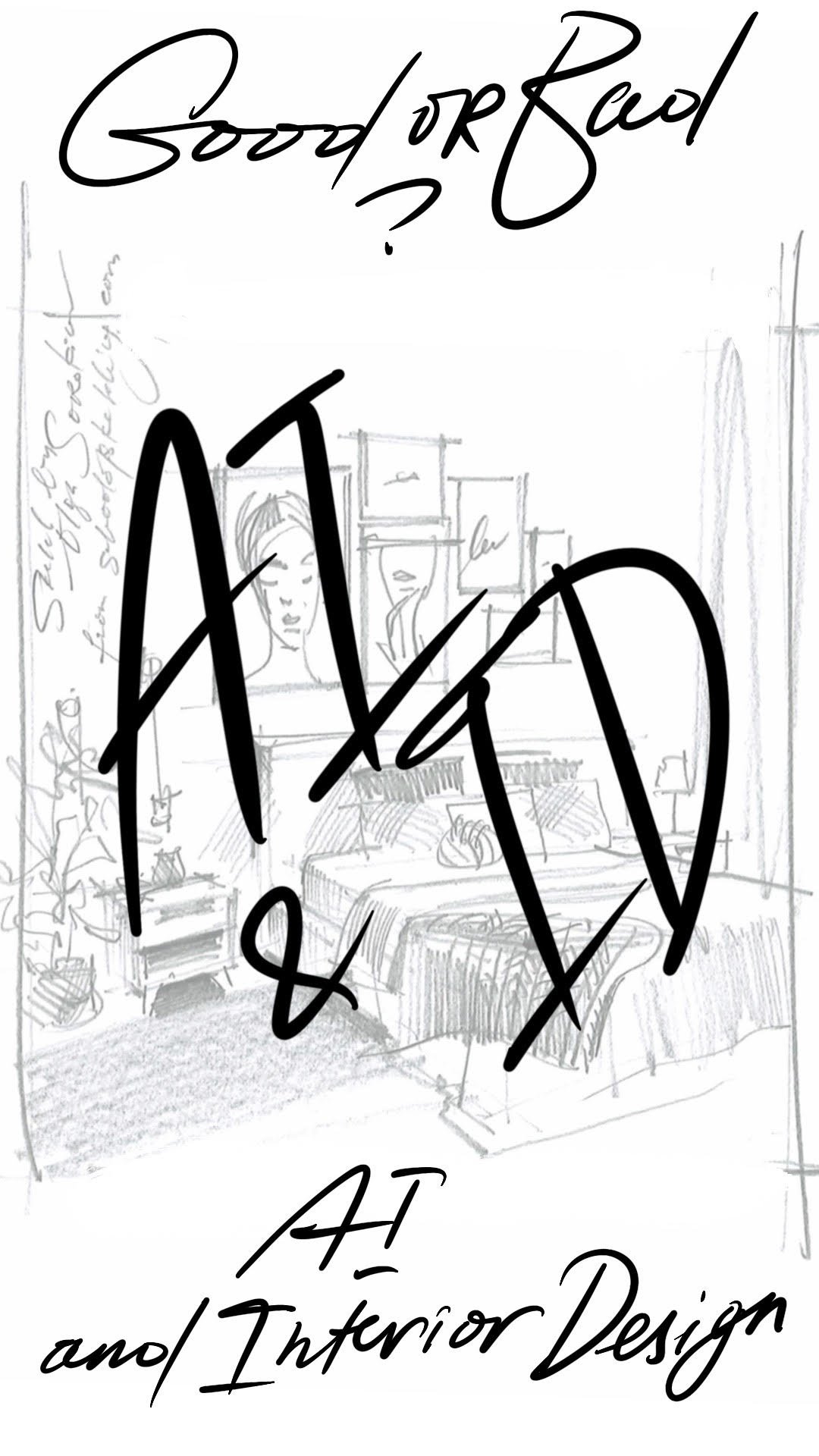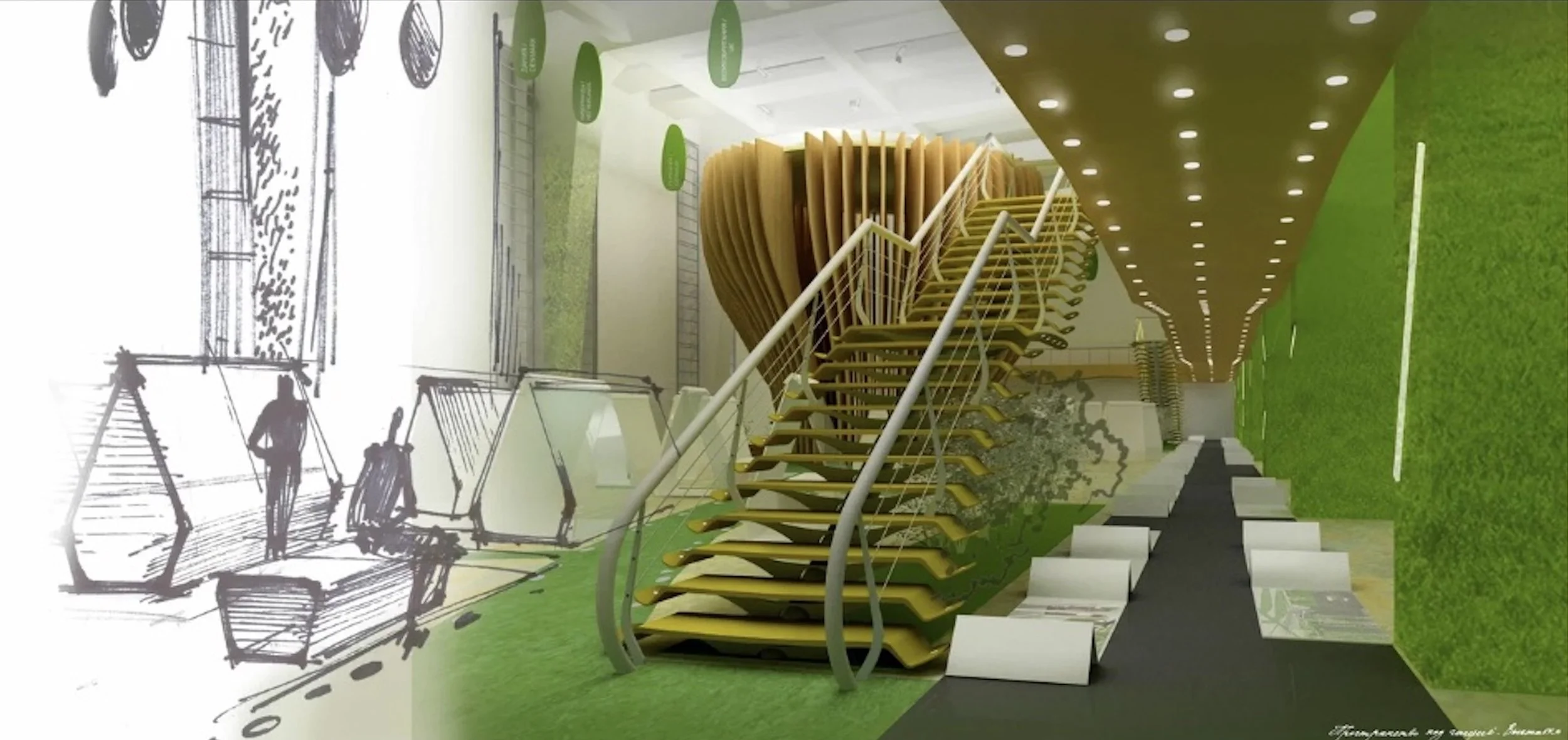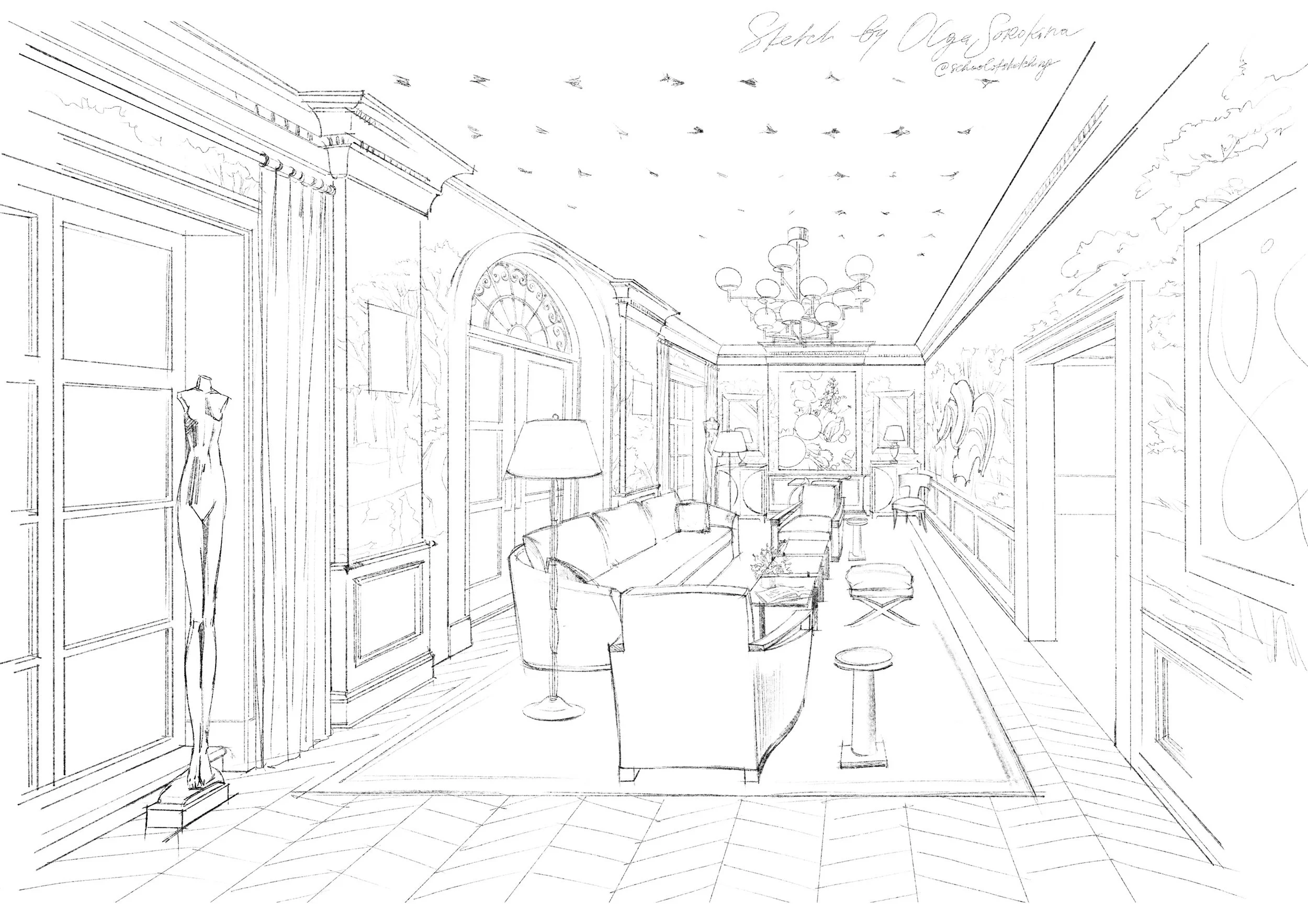AI and ID: good or bad?
OK, let’s address today that “elephant in the room”.
Recently, a question came up from one of my students enrolled in my online course “BASE”:
“Olga, what is the future of sketch artists and interior designers as AI rapidly advances?"
Since this question concerns many people, I'll share my point of view here.
You are very welcome to share your ideas and insights on AI in the comments below. What are your thoughts? Please share them below. I’m really excited to read your comments.
Alright… Typically, professional interior designers study design for 4-6 years (in my case it was 6 years, year 6 was entirely dedicated to the diploma project).
Historically, the profession of an interior designer requires:
Stage 1. Copying
Almost all art education starts with copying the works of masters: we learn by attempting to replicate what is already known. This is our nature. The initial stage is learning the history of interior design and architecture, and providing “recipes” for popular canonical styles, like classicism, modernism, minimalism, etc., allowing us to assemble them piece by piece.
Stage 2. Blending
After mastering the history and understanding the basics, future interior designers can blend the knowledge they have acquired and mix it with other known elements to create new, more complex, and contrasting solutions that maintain a coherent and harmonious appearance. This is for instant, how some of the styles in interior design have emerged: fusion, boho, and contemporary classic, to name a few. You can break the rules when you know them, right? In other words, the educational system significantly expands on the range of interior designs that can be created.
Stage 3. Creativity
After mastering both canonical styles and the ability to break the rules of their formation, resulting in more intriguing visual outcomes, can we explore creativity. This means completely freeing up from the restrictive rules of specific styles and creating without being bound by existing conventions, while still adhering to the fundamental principles of design. This approach pushes the boundaries in every way.
Alongside with all that, there is a 1-1 work with clients, work with real three-dimensional spaces, sketching, considering dimensions, proportions, technical nuances, ergonomics, etc. By the way, clients in the majority of cases do not know exactly what they want. They see a picture on Pinterest — they want that feeling, ambiance, and emotion, they can imagine how they live in that interior. But they don’t know “How To”, this is our job as an interior designer.
In terms of visual work, AI learns from what is already known and created before 2021, specifically from publicly available images. However, it cannot distinguish between a good and a bad interior design or identify mistakes. You should give it very precise commands and prompts to receive proper feedback.
Interior design involves too many variables that exist in different planes. For AI to progress further, extensive training would be required. Moreover, the person responsible for training it would need to possess impeccable knowledge and understanding of these concepts. Therefore, achieving even the first stage is certainly not something that can be accomplished in just a few years.
However, even if we imagine a scenario where AI perfectly masters the first stage, not to mention the extensive work needed to go beyond standardised solutions, it would not pose a threat to skilled designers.
The initial stage where AI enters the life of an interior designer is as a tool that can handle certain routine technical tasks to enhance efficiency. In my opinion, AI speeders things up, it saves time, it gives you more options and you can accomplish more in less time.
Even if we hypothetically consider the perspective of complete substitution, we can draw parallels with the fact that all work was initially done manually. However, the mechanization of labor and the subsequent industrial revolution with the transition to assembly line production led to the term 'handmade' being used as an advantage even after two centuries.
Therefore, it is unwise to rely on AI 100%.
However, my online course “BASE” can help you gain a deeper understanding of interior sketching and perspective drawing.
“BASE": a Course Which Teaches All the Basic Techniques You Need to Implement Sketching in Your Interior Design Practice.
(Perfect if you are a novice in drawing interiors, interior designer, id/architecture student)
The Limitations of AI in Interior Design:
AI has made significant advancements in various industries, but it also has inherent limitations when it comes to interior design. Let's explore these limitations:
1. Lack of Subjective Judgment:
While AI excels at analyzing patterns and replicating existing designs, it struggles to grasp the human touch in design decisions. Interior design often involves subjective judgment, cultural context, and individual preferences, which can be challenging for AI to comprehend.
2. Inability to Identify Mistakes:
AI's training is based on existing designs, making it difficult for it to differentiate between good and bad design choices or identify potential errors. The keen eye of an experienced interior designer is crucial in ensuring functional and aesthetically pleasing spaces.
3. Complexities of Three-Dimensional Space:
Designing interior spaces requires a deep understanding of spatial relationships, proportions, and technical nuances. AI's current capabilities fall short when it comes to working with real three-dimensional spaces, considering dimensions, and addressing ergonomic considerations.
The Synergy Between AI and Interior Designers:
Rather than viewing AI as a threat, interior designers can embrace it as a powerful tool that enhances their creative process and efficiency. Here's how AI can be beneficial:
1. Time-saving Efficiency:
AI can handle routine technical tasks, freeing up designers to focus on ideation, conceptualization, and personal interactions with clients. It expedites the design process, giving designers more time to delve into their creativity.
2. Enhanced Inspiration:
AI-generated design inspirations can serve as valuable references, helping designers explore new ideas and expand their creative horizons. By incorporating AI-powered tools, designers can access an extensive database of design elements and styles, enriching their design process.
The evolution of interior designers is a testament to their artistic growth and creative problem-solving skills acquired throughout their education and careers. While AI offers powerful tools and possibilities, it cannot replace the nuanced judgment, creativity, and expertise that interior designers bring to the table. By embracing AI as a collaborative tool, designers can harness its benefits while preserving the irreplaceable human touch in their craft.
So, if you're passionate about interior design or aspiring to be an interior designer, remember that your artistic intuition, ability to blend styles, and capacity for creative thinking make you an indispensable force in shaping remarkable spaces that resonate with people's lives.
You are very welcome to share your ideas and insights on AI in the comments below. What are your thoughts? Please share them below. I’m really excited to read your comments.
P.S. Hope you’ve enjoyed reading please share this article with your friend.





